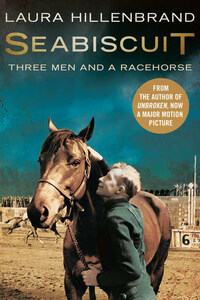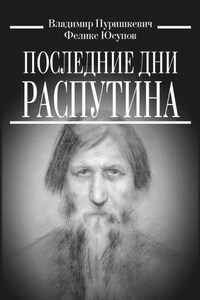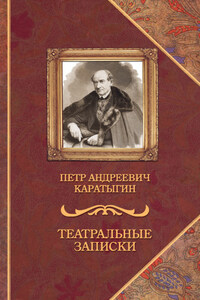Fourth Estate
An imprint of HarperCollinsPublishers Ltd. 1 London Bridge Street London SE1 9GF
www.harpercollins.co.uk
This eBook first published in Great Britain by Fourth Estate in 2014
First published in Great Britain by Fourth Estate in 2001
Copyright © Laura Hillenbrand 2001
PS Section Copyright © Annabel Wright 2007, except âThe Lure of the Trackâ by Laura Hillenbrand © Laura Hillenbrand 2007
PS is a trademark of HarperCollinsPublishers Ltd.
Laura Hillenbrand asserts the moral right to be identified as the author of this work
A catalogue record for this book is available from the British Library
Cover photographs © Bettman/Corbis; Shutterstock.com (sky and texture). Design by Kate Gaughran
All rights reserved under International and Pan-American Copyright Conventions. By payment of the required fees, you have been granted the non-exclusive, non-transferable right to access and read the text of this ebook on-screen. No part of this text may be reproduced, transmitted, down-loaded, decompiled, reverse engineered, or stored in or introduced into any information storage and retrieval system, in any form or by any means, whether electronic or mechanical, now known or hereinafter invented, without the express written permission of HarperCollins ebooks
HarperCollinsPublishers has made every reasonable effort to ensure that any picture content and written content in this ebook has been included or removed in accordance with the cotractual and technological constraints in operation at the time of publication
Source ISBN: 9781841150925
Ebook Edition © JANUARY 2014 ISBN: 9780007374021 Version: 2016-09-08
From the reviews of Seabiscuit:
âA terrific yarn, beautifully writtenâ
SIMON BARNES, The Times
âA first-rate piece of storytelling, leaving us not only with a vivid portrait of a horse but with a fascinating slice of American history as wellâ
MICHIKO KAKUTANI, New York Times
âA terrific story ⦠Hillenbrand not only ties divergent personalities into a fast-moving narrative but also shows an extraordinary talent for describing a horse race so vividly that the reader feels like the riderâ
RON FIMRITE, Sports Illustrated
âHillenbrand tells the story of the triumphs and tribulations of her cast of misfits with flair and skill ⦠a rip-roaring narrativeâ
Sunday Times
Charles Howard, Red Pollard, and Tom Smith(KEENELAND-COOK)
âNobody ever lives their life all the way up except bullfighters.â
âERNEST HEMINGWAY, THE SUN ALSO RISES
In 1938, near the end of a decade of monumental turmoil, the yearâs number-one newsmaker was not Franklin Delano Roosevelt, Hitler, or Mussolini. It wasnât Pope Pius XI, nor was it Lou Gehrig, Howard Hughes, or Clark Gable. The subject of the most newspaper column inches in 1938 wasnât even a person. It was an undersized, crooked-legged racehorse named Seabiscuit.
In the latter half of the Depression, Seabiscuit was nothing short of a cultural icon in America, enjoying adulation so intense and broad-based that it transcended sport. When he raced, his fans choked local roads, poured out of special cross-country âSeabiscuit Limitedâ trains, packed the hotels, and cleaned out the restaurants. They tucked their Roosevelt dollars into Seabiscuit wallets, bought Seabiscuit hats on Fifth Avenue, played at least nine parlor games bearing his image. Tuning in to radio broadcasts of his races was a weekend ritual across the country, drawing as many as forty million listeners. His appearances smashed attendance records at nearly every major track and drew two of the three largest throngs ever to see a horse race in the United States. In an era when the United Statesâ population was less than half its current size, seventy-eight thousand people witnessed his last race, a crowd comparable to those at todayâs Super Bowls. As many as forty thousand fans mobbed tracks just to watch his workouts, while thousands of others braved ice storms and murderous heat to catch a glimpse of his private eighty-foot Pullman railcar. He galloped over Manhattan on massive billboards and was featured week after week, year after year, in Time, Life, Newsweek, Look, Pic, and The New Yorker. His trainer, jockey, and owner became heroes in their own right. Their every move was painted by the glare of the flashbulb.









